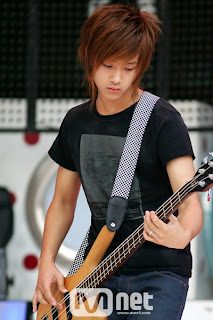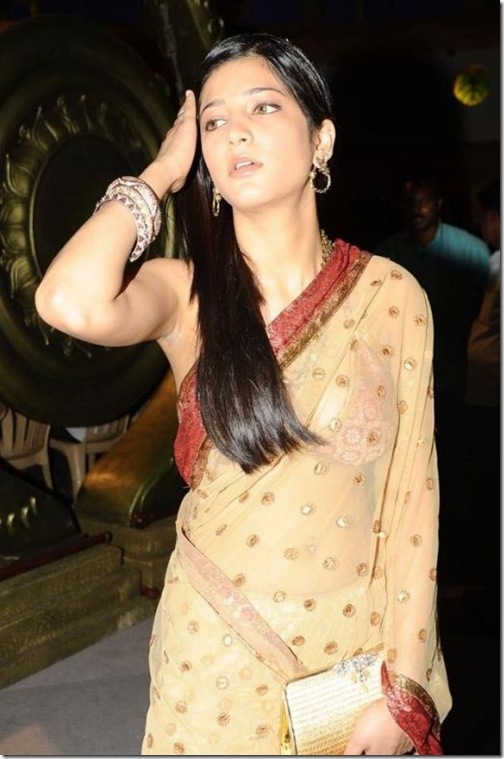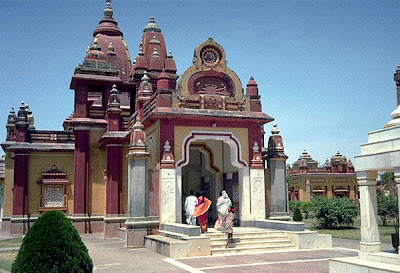Happy Valentines day - 14 Feb With the onset of February, fragrance of sweet love spreads all across the world. Every person whosoever in love or wants to express her or his feelings to someone special, eagerly awaits for this most romantic festival.
Valentines Day is a world wide festival which is celebrated every year on 14 February. It is a festival to cherishes love and romance. Though the festival commemorates the martyrdom of a Christian saint called St Valentine, the festival as it is celebrated today has little religious significance. In present times, Valentine's Day has assumed a secular and global flavor and is celebrated by people of all ages and races.
Valentines day celebration is not only restricted to romantic love but to the love between parents and their children, teachers and their students, siblings, friends, sweethearts or anyone special or close to them. And with every passing day, Valentine day is gaining more popularity among the people belonging to every walks of life.
Ways To celebrate Valentines Day: There are numerous ways to celebrate Valentine's Day. To catch the hype of Valentine's Day, shop keepers or hoteliers has commercialized this festival by providing several items and offers.
Romantic Messages or CardsThe most common way to celebrate Valentine's day is by expressing your love through messages or romantic cards. These cards are available in various sizes and forms to melt the heart of your beloved person. Beautiful romantic lines are written in these cards, which will surely express your feelings.
Romantic DateLovebirds on the occasion of Valentine's Day always wants to go for a romantic date. So that they can immerse themselves in the eyes of their beloved person. On this occasion they exchange romantic gifts like bouquet of red roses, chocolates, soft toys, showpieces of cupids, Valentine wrist bands etc.
Candle Light DinnerEven nowadays people loves to take their beloved person for a candle light dinner in a pleasant restaurant. On the occasion of Valentines day, these restaurants decorate themselves in a new look to woo more guests. They create romantic ambiance by decorating the interiors with red heart shaped balloons, danglers, red roses. So, that the guests can spend some valuable moments with their partners.
Valentine Day SMSThe most important things are the hardest to say, because words diminish them. Forever yours...your Valentine.
My eyes are blind without your eyes to see, Like a rose without color. Always be there in my life sweetheart.
Sometimes we make love with our eyes.
Sometimes we make love with our hands.
Sometimes we make love with our bodies.
Here is my heart, it is yours so take it,
Treat it gently, please do not break it.
Its full of love thats good and true,
So please keep it always close to u.
Within you I lose myself...
Without you I find myself
Wanting to be lost again.
If u wanna know how much I miss you,
Try to catch rain drops,
The ones u catch is how much u miss me,and the ones you miss is how much I miss
Always we make love with our hearts.



















































